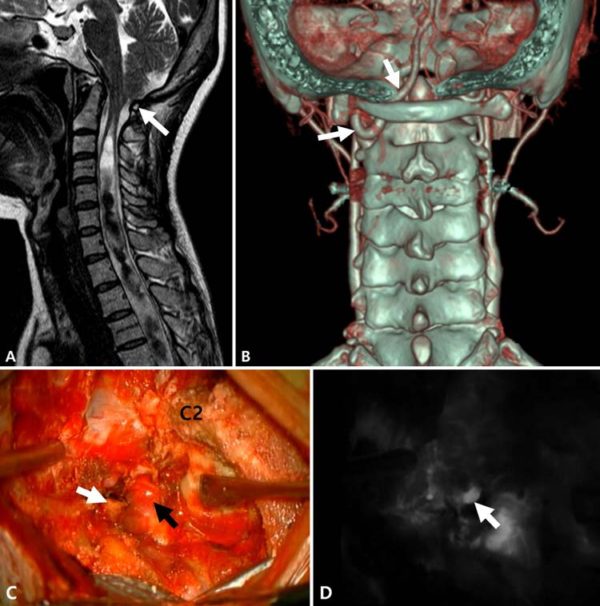
The Craniovertebral Junction is shortly called CVJ. It is comprised of occiput, atlas, and axis. The CVJ disorders are diagnosed by magnetic resonance (MR) imaging studies of the b...
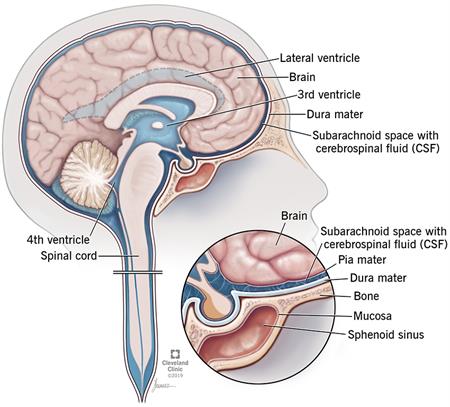
CSF stands for Cerebrospinal fluid. It is a clear and colorless liquid produced by arterial blood. CSF fluid is found in the spinal cord and brain. The central nervous system contr...
.jpeg)
The human skull is comprised of bones and cartilage that form the face and the cranium. The cranium bones are located at the top of the skull. The bottom of the cranium is composed...

Endoscopic Brain and Spine Surgery is a surgical procedure that uses micro-incisions, specialized visualization, and surgical equipment to treat a variety of abnormalities affectin...
.jpeg)
ESS stands for Endoscopic Spine Surgery which is a surgical procedure using small tubular systems and micro-sized incisions in combinations with an endoscope to visualize the opera...
.jpeg)
Endoscopy is a tool that enables neurosurgeons reach areas in the brain and spinal cord through minimally invasive methods. Such sections were previously accessible only by invasiv...
.jpeg)
Epilepsy surgery is a clinical procedure that removes a particular area of the brain where the seizures occur. It is an effective surgery when the seizures occur in a single locati...
.jpeg)
General neurosurgery is the medical specialty condition concerned with the treatment, rehabilitation, diagnosis, prevention, and treatment of abnormalities that affect any part of ...
.jpeg)
Neuro-critical care is a growing subspecialty that was introduced for 30 years. It is the intensive care management of patients with complex neurosurgical and neurological illnesse...
.jpeg)
Neuro-oncology is the branch of medicine that concerns cancer of the spinal cord and brain. Cancer on the nervous system is highly critical, when it is untreated or not ident...
.jpeg)
Neuroanatomy is the structure of the nervous system which consists of vast neural networks; signaling within these circuits lets learning, memory, thinking, language, sensation, an...
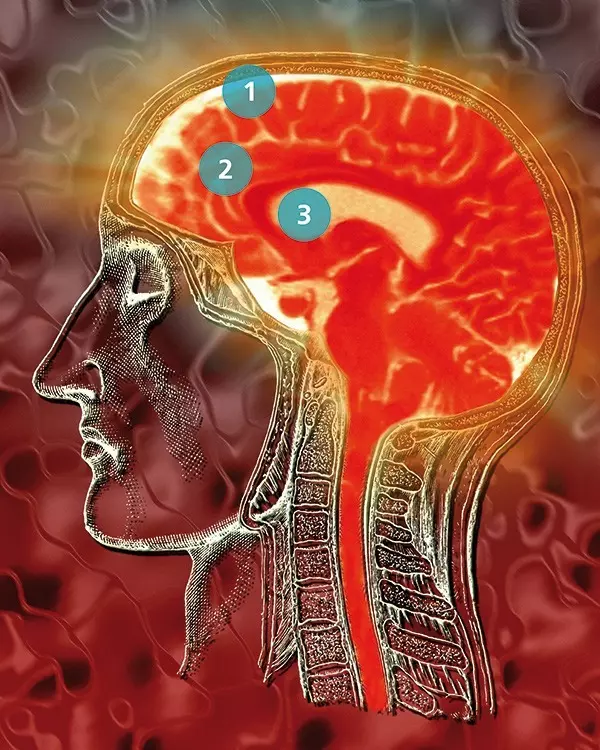
Neuromonitoring is used during surgery to assess the functional integrity of the brain, spinal cord, brainstem, and cranial nerves. It also called electrophysiologic monitoring use...
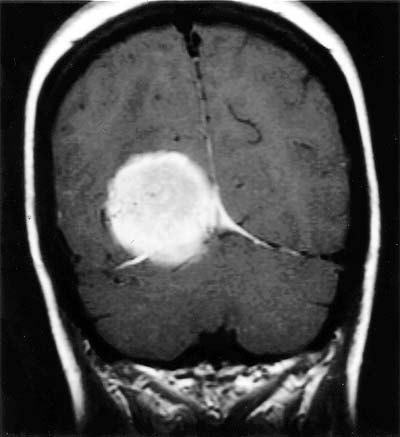
Neuropathology is the study of diseases in the central nervous system, peripheral nervous system, and skeletal muscle nerve. The central nervous system(CNS) is the body’s imp...
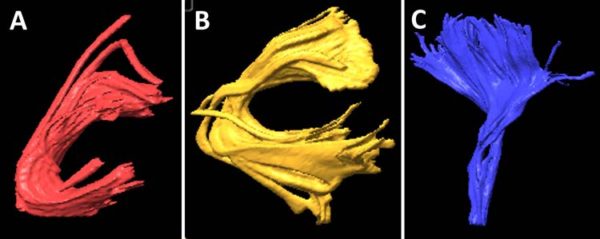
Neurophysiology is a branch of neuroscience and physiology that is concerned with the study of the function of neurons, glia, and networks. The tools used in electrophysiological r...
.jpeg)
Neurotrauma is a health problem that needs the attention of the world’s health community. These injuries will cause considerable losses to communities, families, and individu...
.jpeg)
Neurovascular is a bundle like structure that binds veins and nerves with the help of connecting tissues. The two types of neurovascular bodies are superficial bundles and deep bun...
.jpeg)
Neurosurgical problems seen in children are quite different from those commonly seen in adults or general neurosurgery. Pediatric neurosurgery is the branch of neurosurgery and it ...
.jpeg)
The peripheral nerves connect the spinal cord and brain to other parts of the human body. The nerves in your face, and in your arms and legs, and in your chest and abdomen are coll...
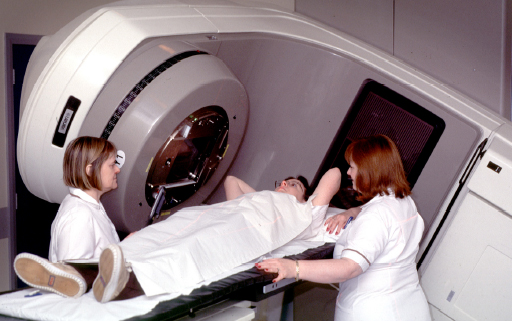
Radiation in neurosurgery is used to treat neurosurgical disorders in the brain and spine area. It is the best treatment for both cancerous and non-cancerous tumors. The destructio...
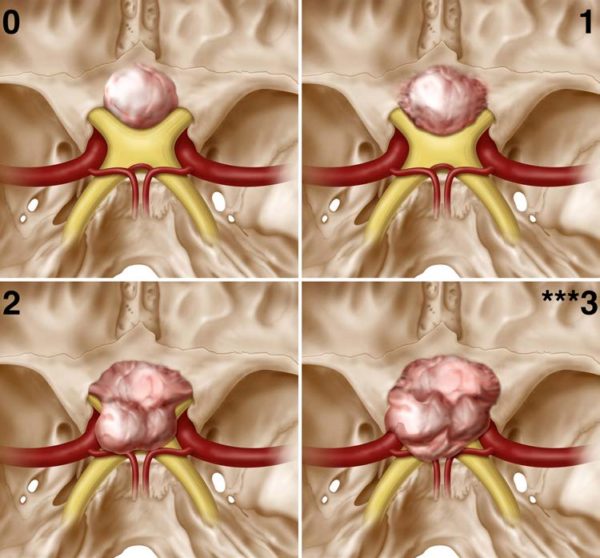
The skull base refers to the base of the cranium, the part of the skull on which the brain rests. Most people do not have any idea about the skull base and where it is located unti...
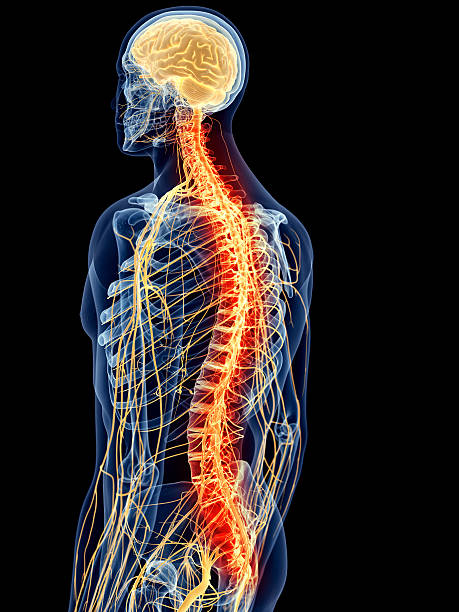
Understanding your spine and how it functions can help you understand some of the issues that occur from injury or aging. Spine is the basic support structure of the central body a...
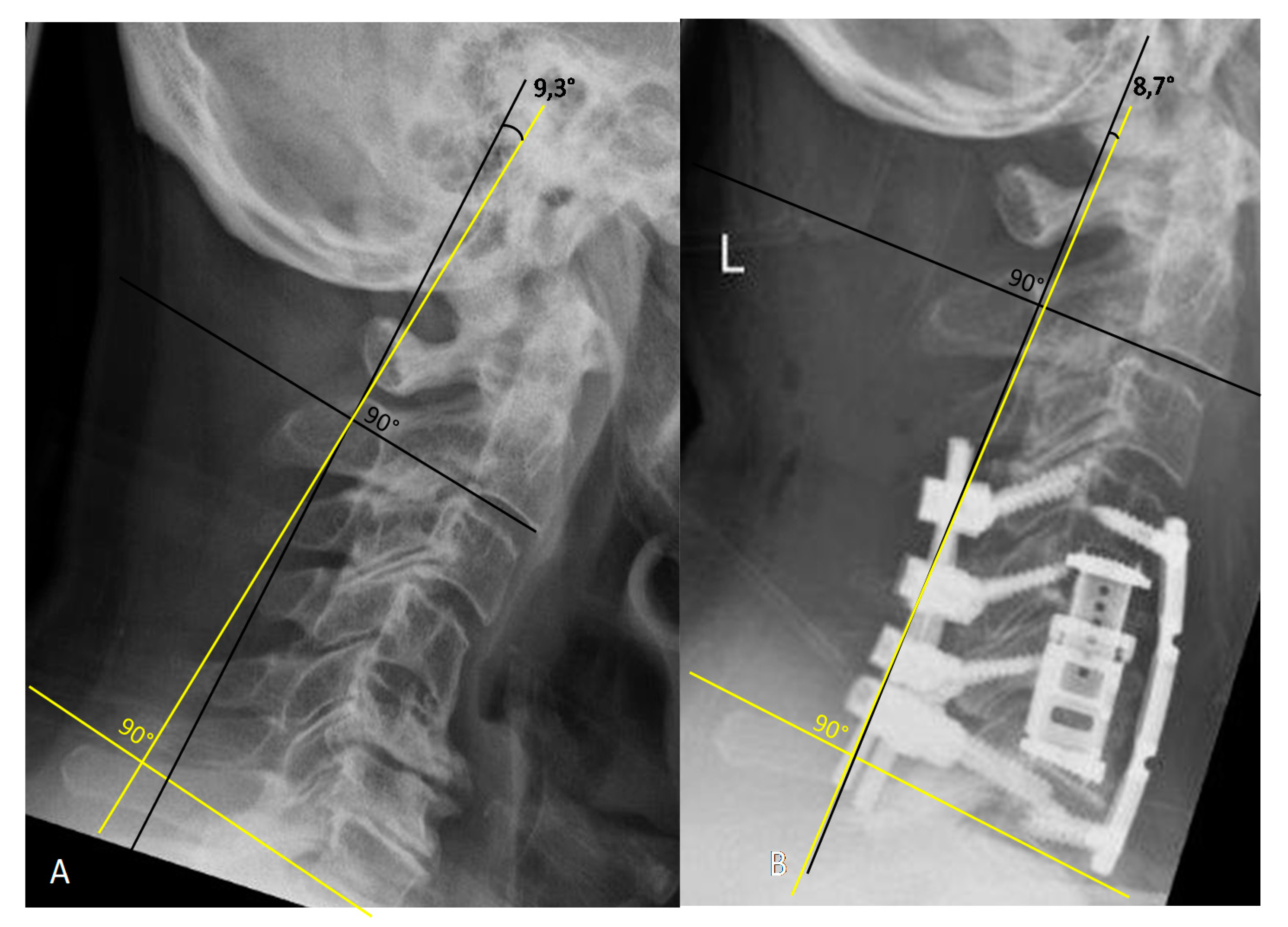
Craniovertebral Junction (CVJ) The craniovertebral junction (CVJ) is a neurovascular structure architecture that separates the skill base from the subaxial. It is the most compl...
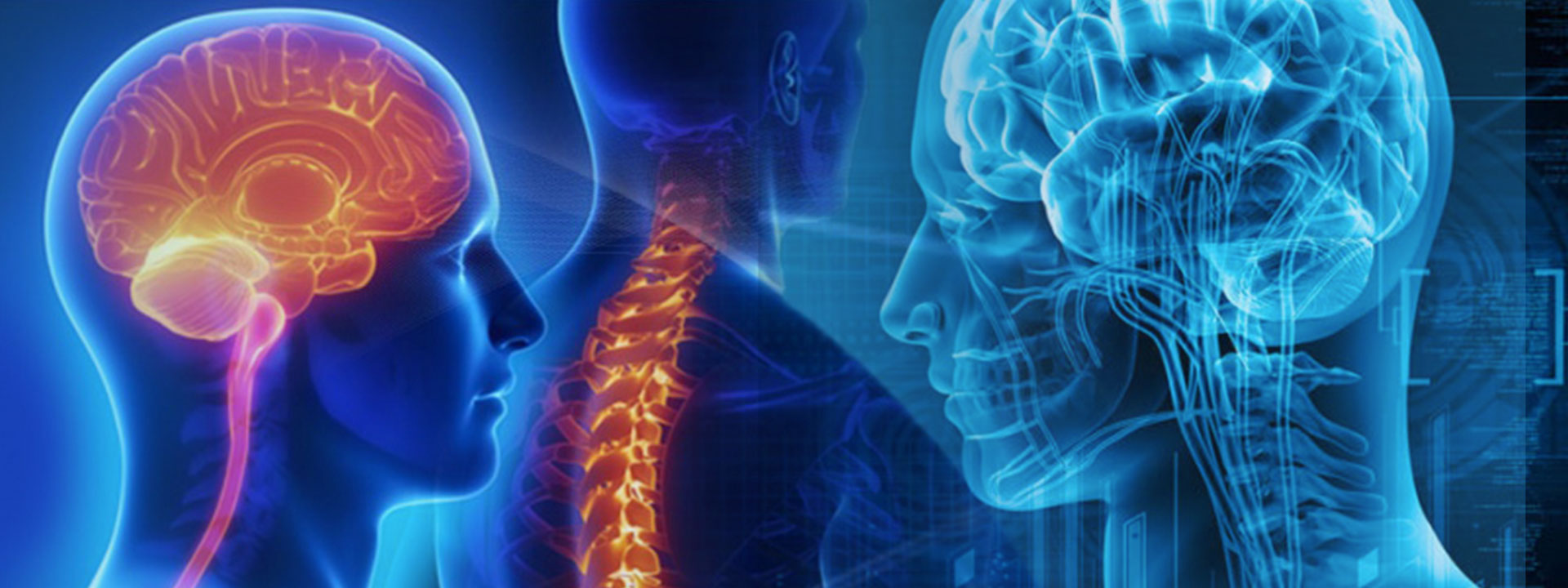
Spine-oncology is a branch of medicine that deals with the prevention, diagnosis, and treatment of cancer that develops from cells within the spinal cord or from its surrounding st...
.jpeg)
Thoracolumbar Spine Trauma generally forms as a result of high-energy trauma such as road traffic accidents, falls from heights and more. It occurs in individuals with neoplastic, ...
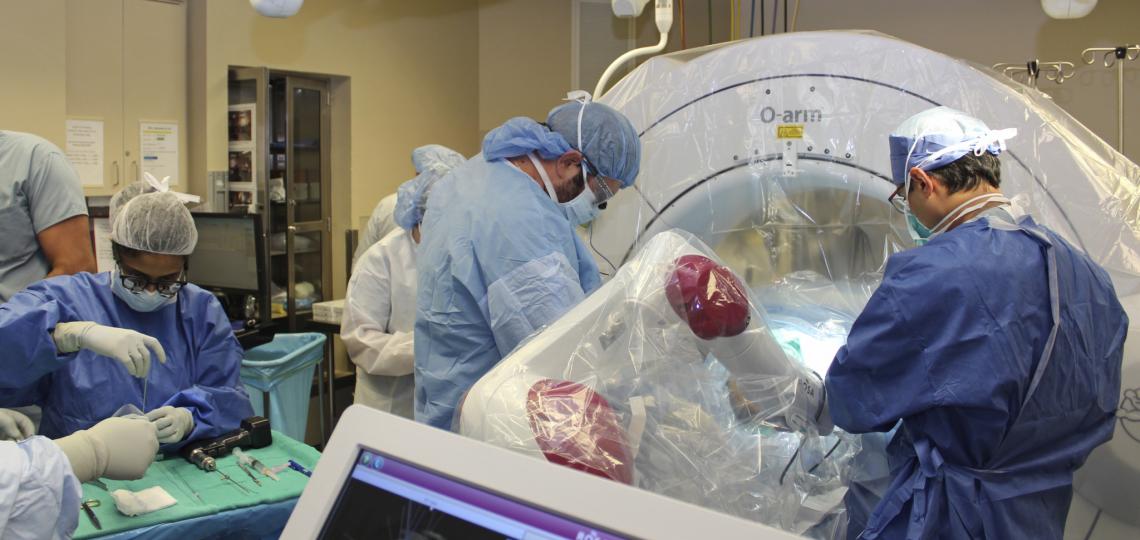
Stereotactic and Functional Neurosurgery is the advanced subspecialties in neurosurgery. Due to technology growth in robotics, imaging, computer-assisted surgery, and neurophysiolo...
.jpeg)
Medical oncologists are medical specialists who diagnose, assess, treat, and manage patients with malignant tumors and conduct translational research. They treat cancer using chemo...